Nvidia will sell a special version of its most powerful GPU to China to skirt around US export restrictions, but that won't be enough
Nvidia’s RTX Pro 6000 China edition sidesteps US restrictions with GDDR7, offering lower performance, but enough power for AI at scale and rising demand.
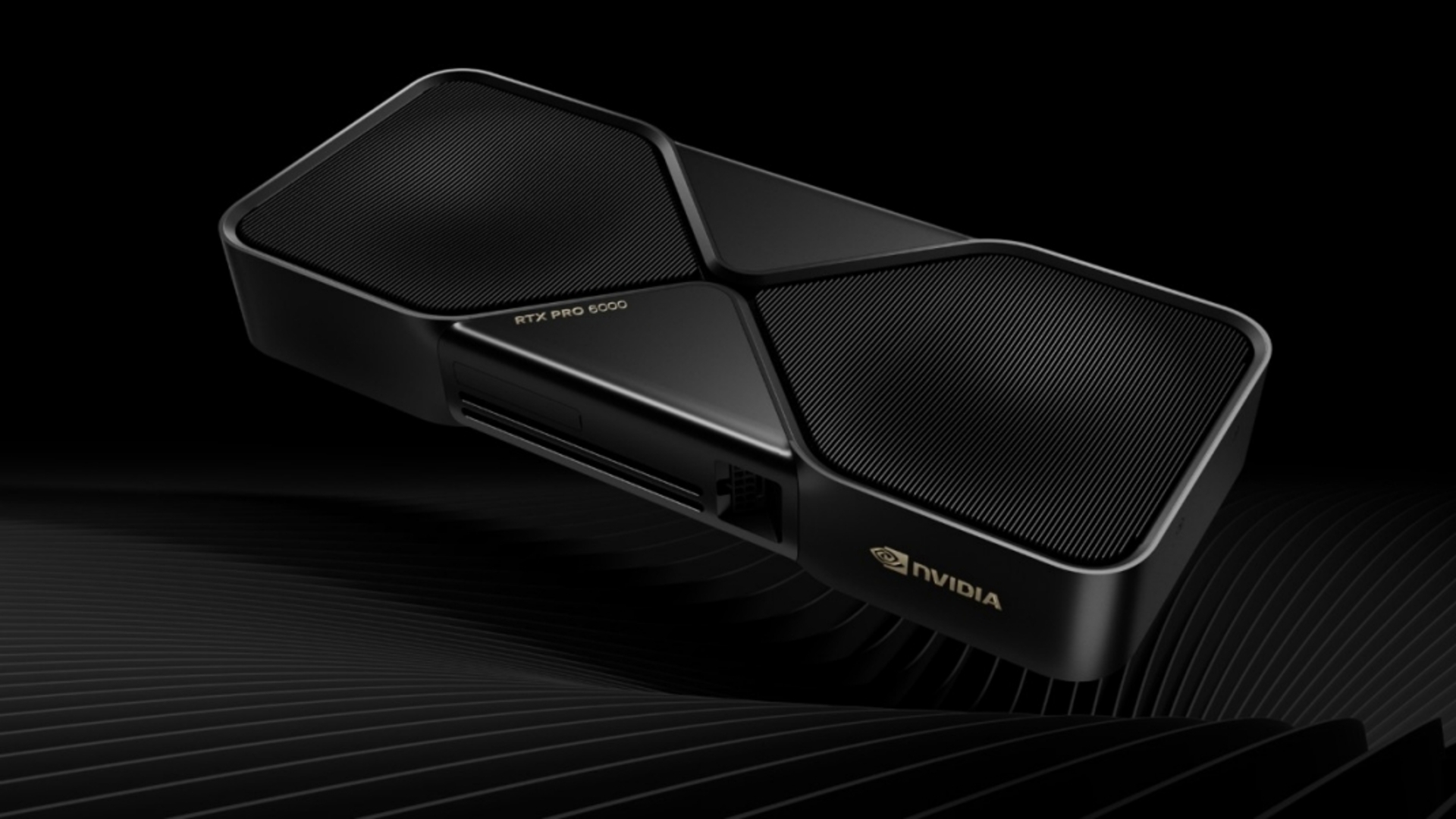
- A watered-down Nvidia RTX Pro 6000 is still potent enough to keep China’s AI ambitions alive
- Nvidia’s workaround isn’t top-tier, but it could still flood China’s data centers
- Export rules slow performance, but they can’t stop parallelized AI scaling by Chinese CSPs
In response to US export restrictions introduced in April 2025, Nvidia is reportedly preparing a special edition of its RTX Pro 6000 GPU for the Chinese market.
A report from TrendForce claims this new version will switch from high-bandwidth memory (HBM) to the slower but more accessible GDDR7.
The switch will allow the chip to comply with new regulations that prohibit GPUs with HBM-level memory bandwidth or advanced interconnect capabilities, resulting in a scaled-down GPU, but not one lacking power.
Not the best, but enough for decent AI work
The RTX Pro 6000 is a potent chip. Even after being watered down, TrendForce estimates its performance will fall between Nvidia’s older L40S and the L20 China edition. This places the chip well within the range of GPUs capable of meaningful AI workloads.
What’s driving interest is not just availability, but capability, even with the downgrade. Critics have pointed out that a cut-down version of a very powerful card is still extremely capable, especially if it's priced more affordably.
As a result, Chinese cloud service providers (CSPs) are expected to scale horizontally, buying more units and optimizing for larger node deployments.
Yes, this approach will be more expensive and consume more power, but that’s just a numbers game - CSPs will need to increase infrastructure investment and manage higher power demands. The downside, of course, is that such workarounds are inherently inefficient.
Nonetheless, if the price per unit is right, the aggregate performance could still meet, or even exceed, current needs.
It may not be the fastest setup in traditional terms, but in parallelized environments, the performance gap could narrow. That said, Chinese chipmakers like Huawei and Cambricon are working to fill the gap left by restricted access to top-tier Nvidia GPUs.
If the special edition RTX Pro 6000 succeeds, it might delay the domestic adoption of homegrown alternatives. If it fails, it could accelerate them.
Nvidia’s strategy may help it navigate current U.S. restrictions, but it remains an open question whether that will be enough in the long run.
A weaker chip could still be one of the fastest GPUs on the market, and too powerful to ignore, especially when the line between compliance and capability is so finely drawn.
You might also like
- These are the best AMD graphics cards on the market right now
- Take a look at the best mini PCs you can buy today
- Quantum computing startup wants to launch a 1000-qubit machine by 2031





















































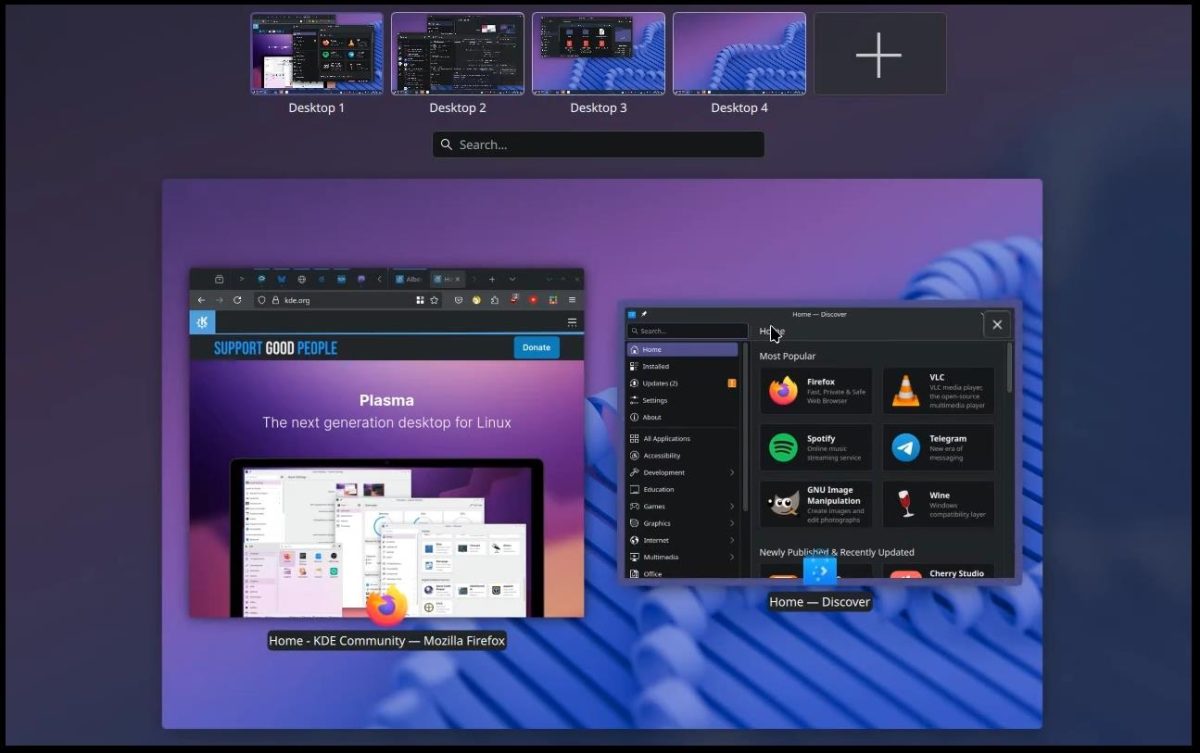

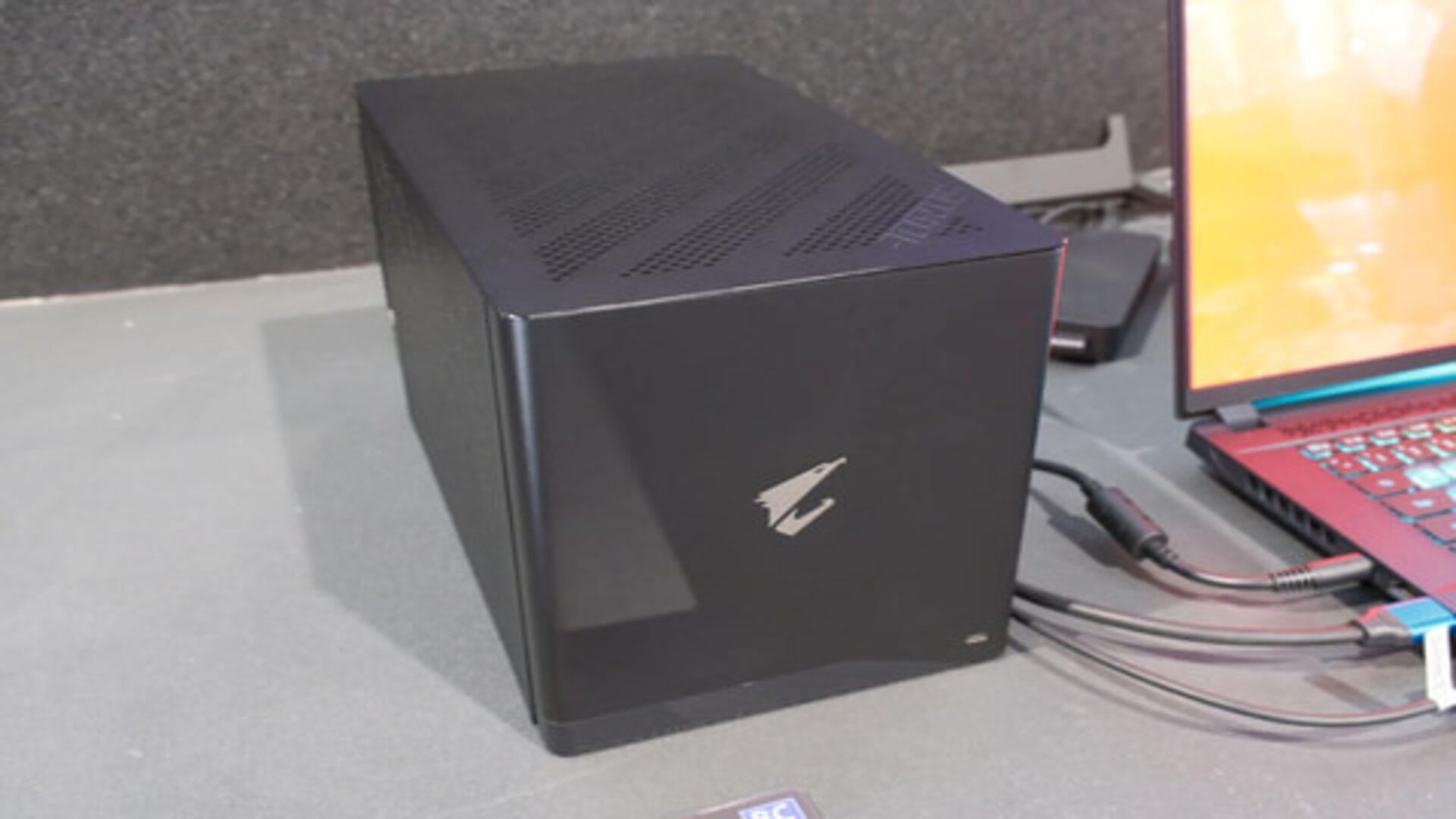

















![iOS 18 Adoption Reaches 82% [Chart]](https://www.iclarified.com/images/news/97512/97512/97512-640.jpg)
![Apple Shares Official Trailer for 'The Wild Ones' [Video]](https://www.iclarified.com/images/news/97515/97515/97515-1280.jpg)


















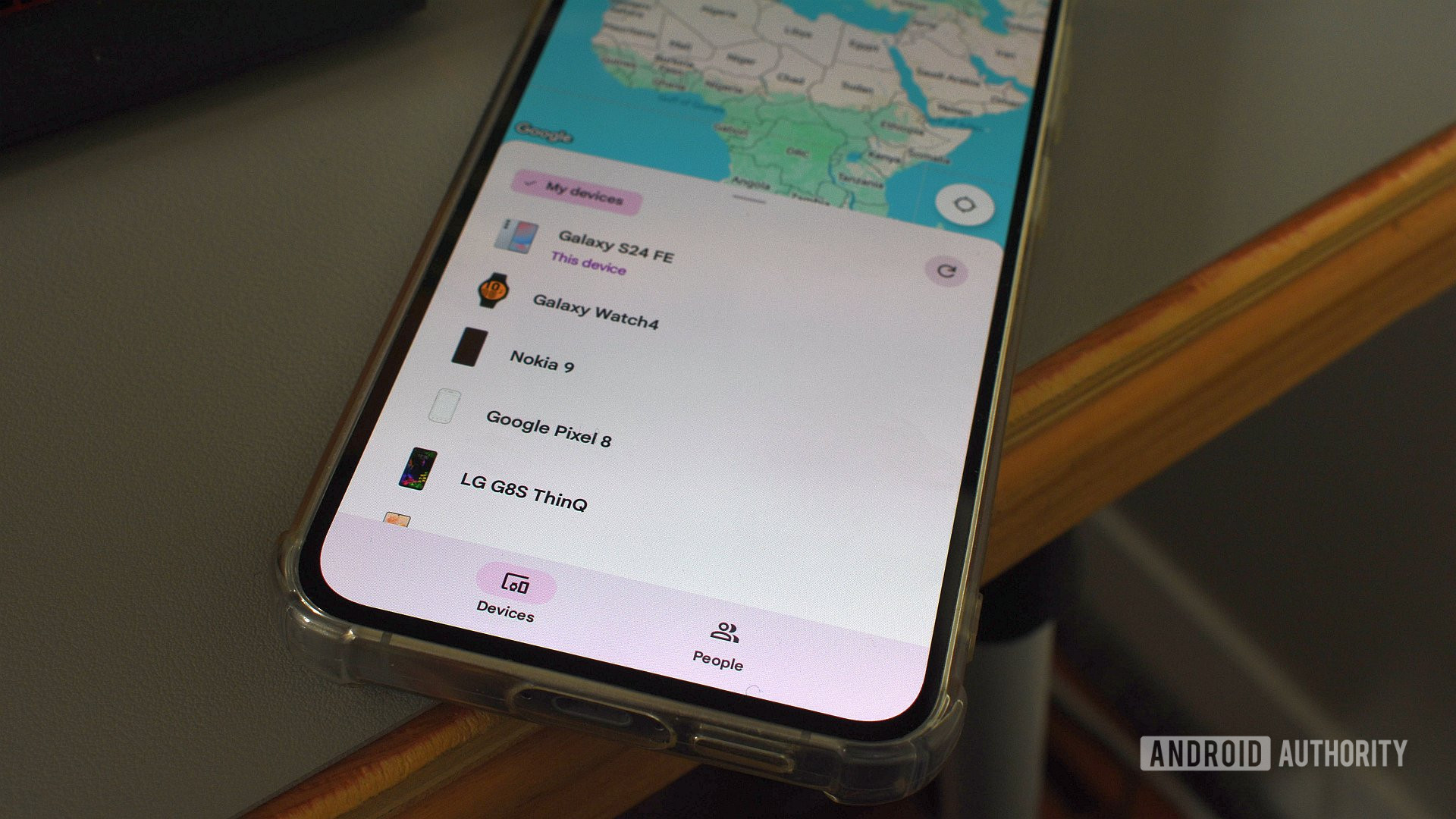










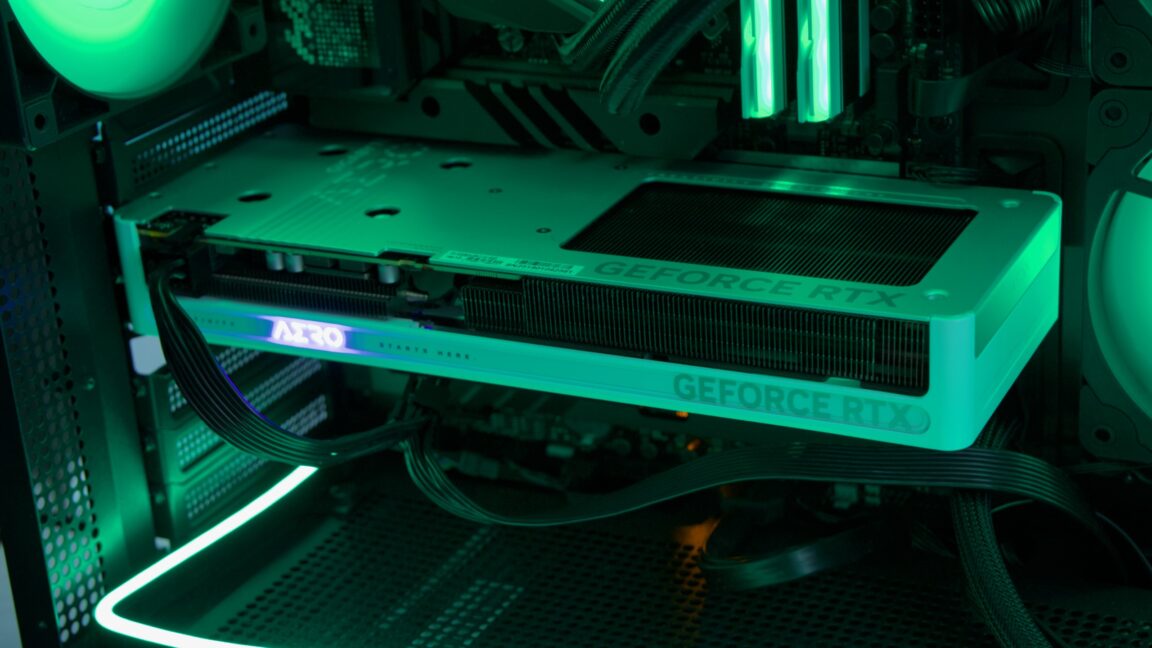




































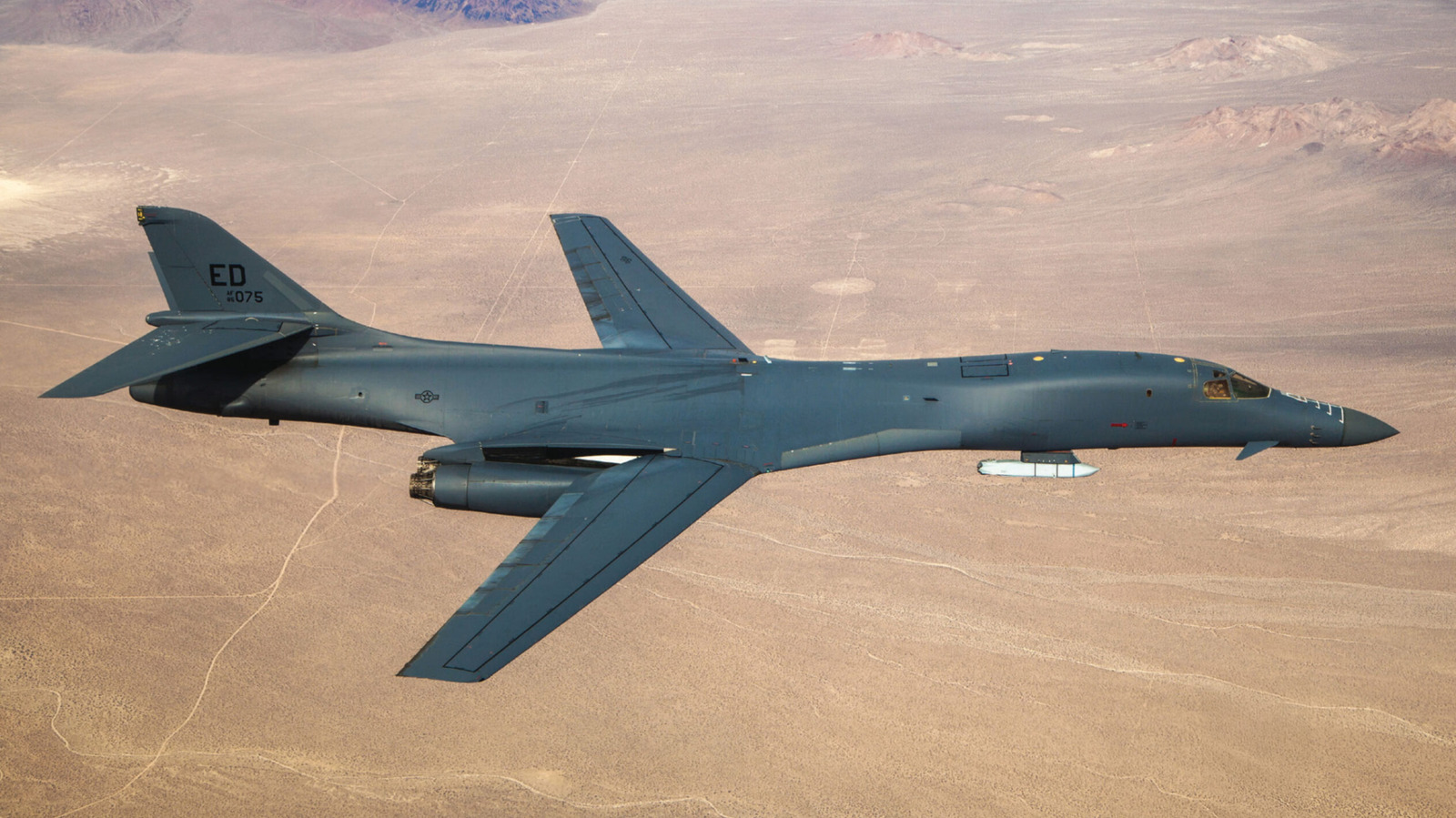
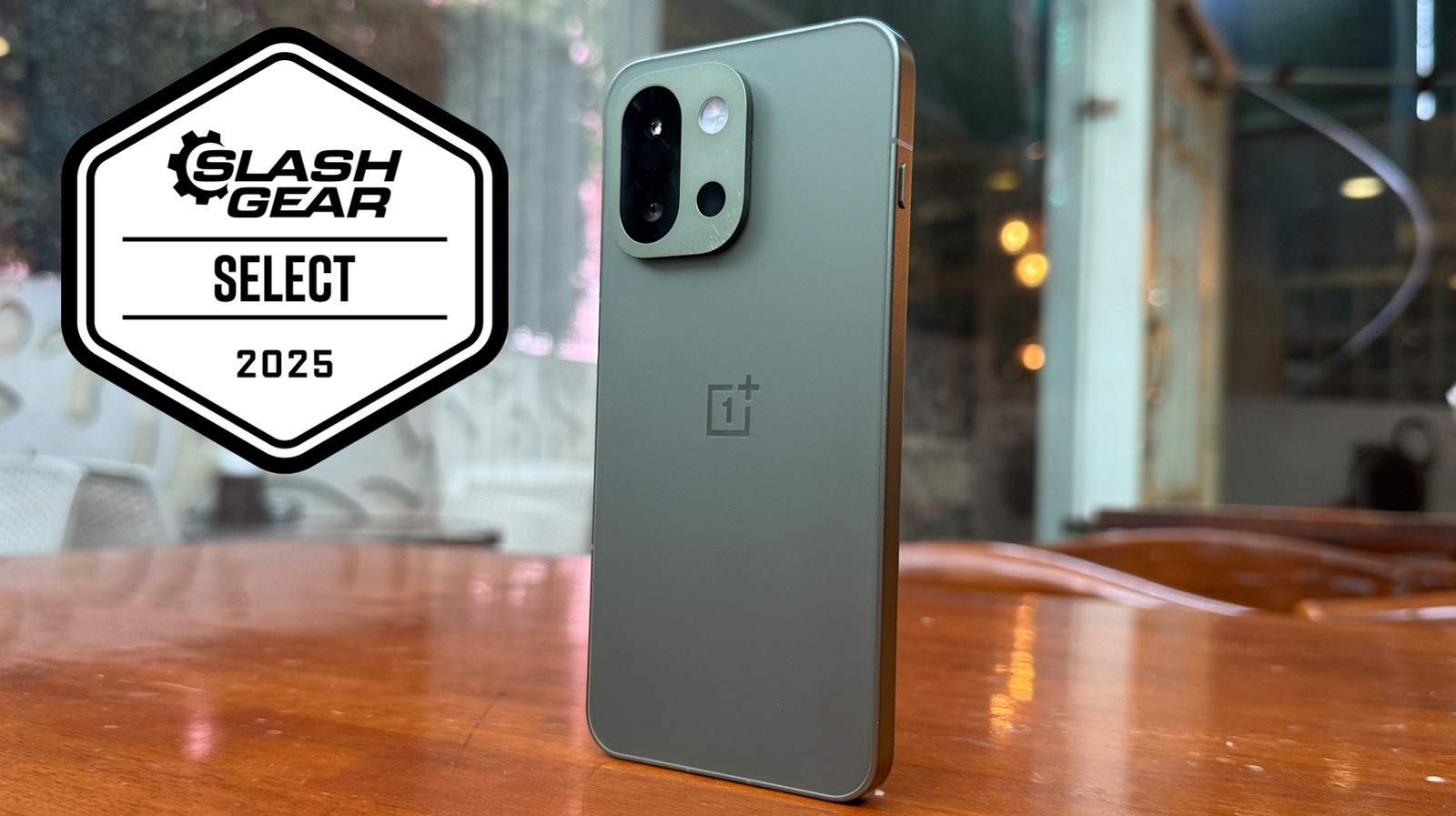


























































































































































![[The AI Show Episode 151]: Anthropic CEO: AI Will Destroy 50% of Entry-Level Jobs, Veo 3’s Scary Lifelike Videos, Meta Aims to Fully Automate Ads & Perplexity’s Burning Cash](https://www.marketingaiinstitute.com/hubfs/ep%20151%20cover.png)











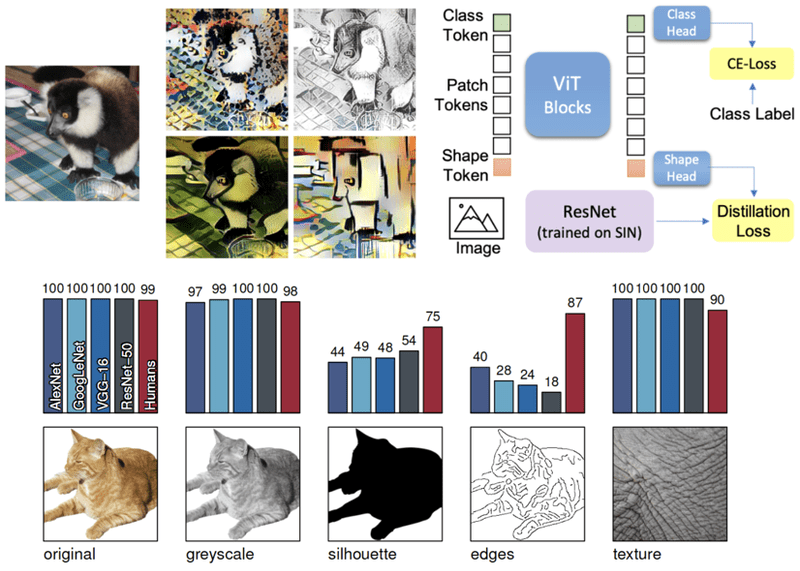






















































































































































![[DEALS] FileJump 2TB Cloud Storage: Lifetime Subscription (85% off) & Other Deals Up To 98% Off – Offers End Soon!](https://www.javacodegeeks.com/wp-content/uploads/2012/12/jcg-logo.jpg)




















-0-8-screenshot.png?width=1920&height=1920&fit=bounds&quality=70&format=jpg&auto=webp#)
.jpg?width=1920&height=1920&fit=bounds&quality=70&format=jpg&auto=webp#)




































































